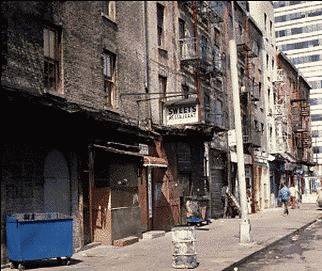- Thread starter
- #121
Sorry Yes it does say that I stand corrected, I cannot prove or disprove this information If you have contrary facts please post them,That is not what the statment says.God you are stupid.
Ok, then. Back up your claim. You claimed that CRA grew to 15% of mortgages. Back it up.
Quoting you.
In 1997, Democrat Bill Clinton increased the market share of these CRA loans from almost zero to almost 15%
Hey....funny, thats exactly what it says.
Next lie?






